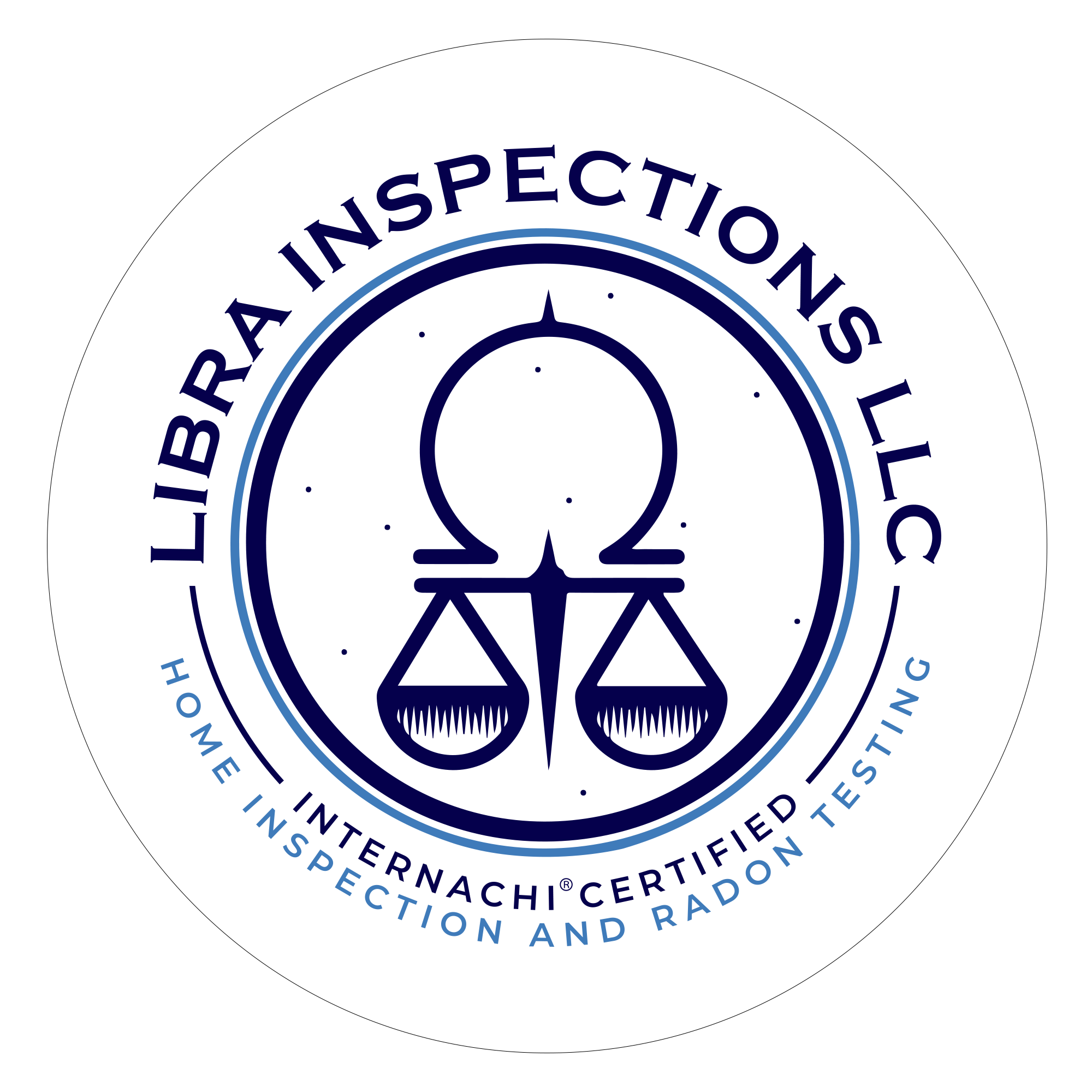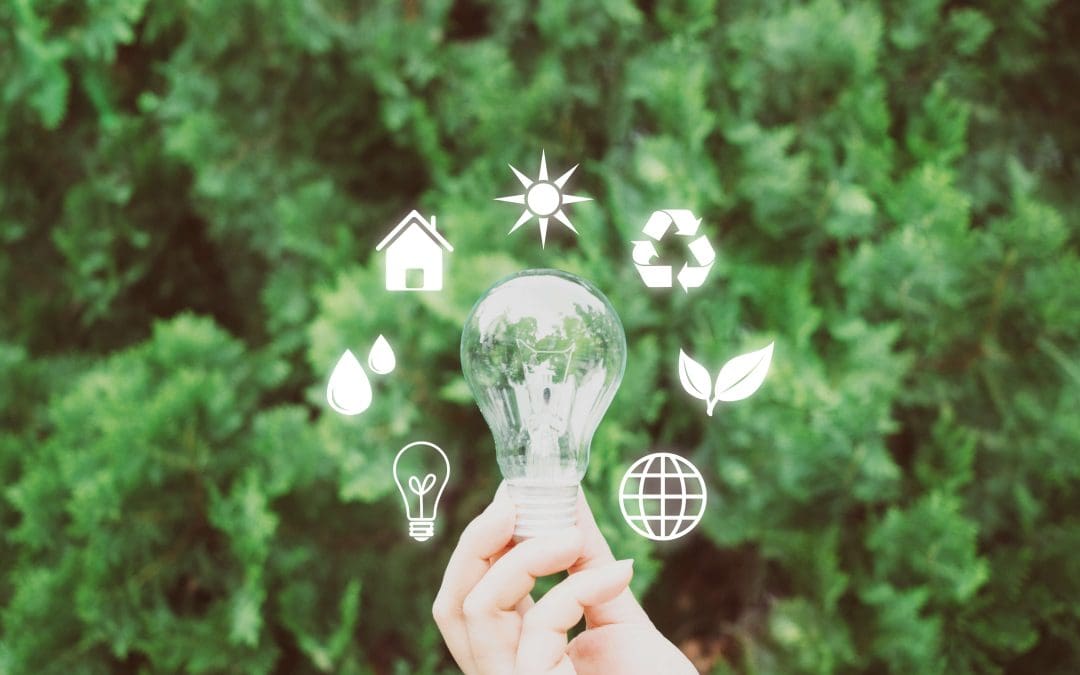In today’s world, creating an energy-efficient home is a wise financial decision and an investment in comfortable living. As a homeowner, you have the power to drastically reduce your utility bills and minimize your environmental footprint by making strategic improvements. Whether you’re ready for a major overhaul or just looking for simple weekend projects, you could take many practical steps toward having a truly energy-efficient home.
The Foundation of an Energy-Efficient Home
Your home’s structure, the walls, roof, and foundation, is the primary barrier between comfortable indoor air and the outside elements. This barrier is the most critical factor in creating an energy-efficient home. The first step to reinforcing it is air sealing. Think of all the small cracks and gaps that allow air to escape: around window and door frames, where pipes and vents enter the walls, and through electrical outlets. Using caulk for stationary joints and weatherstripping for movable components will seal these leaks, making a noticeable difference in heating and cooling costs. This simple, affordable step is often overlooked.
The attic is often a major source of heat loss in the winter and heat gain in the summer. Most homes are under-insulated by modern standards. Adding insulation helps maintain a steady indoor temperature, allowing your HVAC system to work less often. Proper insulation, combined with thorough air sealing, creates a tight envelope that truly defines an energy-efficient home.
Appliances and Lighting: Quick Wins for an Energy Efficient Home
Once the big structural issues are addressed, you can turn your attention to the devices and fixtures that consume power daily. This is where easy, high-impact changes could be made immediately toward an energy-efficient home. Switching to LED lighting is the quickest way to see savings. LED bulbs use up to 80% less energy than traditional incandescent bulbs and last up to 25 times longer. When it comes time to replace major appliances like refrigerators, washing machines, or dishwashers, always look for the ENERGY STAR® label. ENERGY STAR certified appliances meet strict energy efficiency guidelines set by the U.S. Environmental Protection Agency.
Many electronics, like TVs, cable boxes, and device chargers, continue to draw small amounts of electricity even when they are turned off or in standby mode. Plugging electronics into power strips and turning the strip off when not in use is a simple habit that eliminates this waste and contributes to a more energy-efficient home.
HVAC System Optimization for an Energy Efficient Home
Your heating and cooling system is likely the single biggest energy consumer in your house, so optimizing its performance is crucial. The easiest and most impactful adjustment is installing a smart or programmable thermostat. These devices allow you to automatically adjust the temperature based on your schedule. Some smart thermostats learn your habits and adjust automatically, ensuring you aren’t paying to heat or cool an empty house.
Regular maintenance is also key. Schedule an annual tune-up for your furnace and air conditioner with a professional. A well-maintained system runs more efficiently and is less prone to costly breakdowns. Between professional visits, be sure to change or clean your air filters every one to three months. A dirty filter restricts airflow, forcing your HVAC system to work harder and use more energy. This simple task is important for maintaining an energy-efficient home.
Water Heating and Usage
Water heating is the second largest expense in many homes, accounting for around 14–18% of utility bills. First, check the temperature setting on your water heater. Most manufacturers set them to 140°F, but 120°F is usually sufficient for most households and will save you money without compromising comfort. If your water heater is in an unheated space, insulating the tank and the first six feet of hot and cold water pipes will reduce standby heat loss. Also, installing low-flow fixtures in showers and faucets reduces the amount of hot water you consume, directly reducing the energy needed to heat it.
Frequently Asked Questions (FAQs)
What is the best return-on-investment improvement for energy efficiency?
While upgrading your entire HVAC system is costly, the best return-on-investment (ROI) often comes from air sealing and adding insulation in the attic. These upgrades are relatively inexpensive, have immediate effects on comfort, and provide long-term savings on utility bills.
How often should I replace my windows to be more energy efficient?
Windows should be replaced when they are noticeably drafty, fogged, or single-paned. While replacing them is costly, choosing ENERGY STAR certified, double-paned windows with low-emissivity (low-E) glass dramatically improves your home’s thermal performance and contributes significantly to an energy-efficient home.
Does running my ceiling fan save energy?
Yes, but only if you are in the room. Ceiling fans create a wind-chill effect, making you feel cooler without actually lowering the room temperature. This allows you to set your air conditioner thermostat a few degrees higher, which saves energy. In the winter, fans can be reversed to gently circulate warm air trapped near the ceiling.
Are there tax credits for making my home energy efficient?
Yes, the U.S. federal government offers tax credits for certain residential energy-efficient improvements, such as installing heat pumps, upgrading doors and windows, and installing efficient water heaters. Check the latest IRS guidance or consult a tax professional for current eligibility and limits.
Libra Inspections provides home inspections in Central Illinois. Contact us to request our services.

